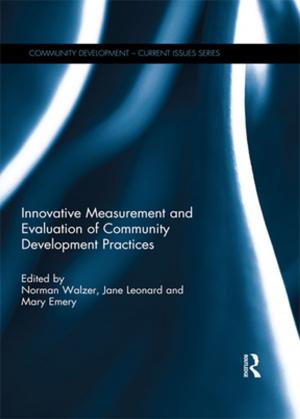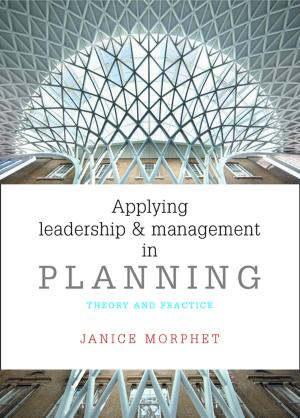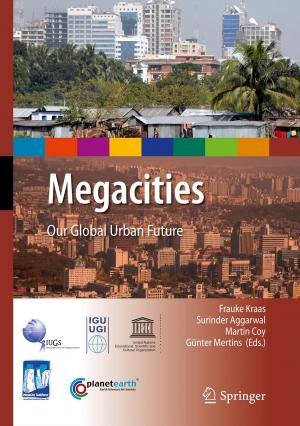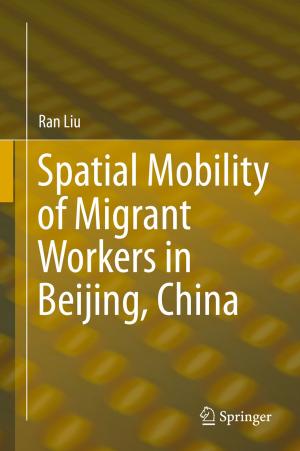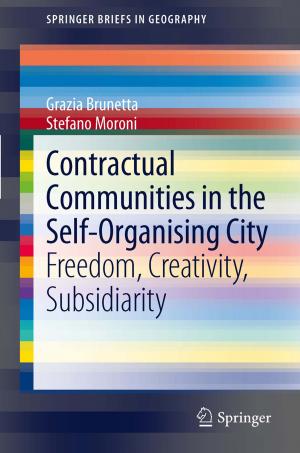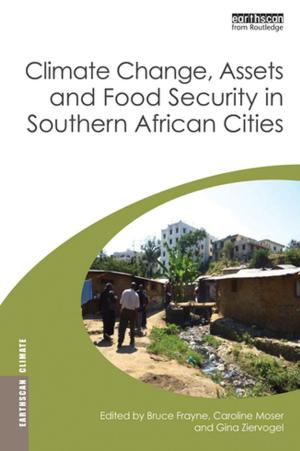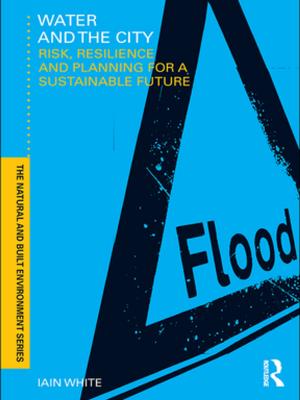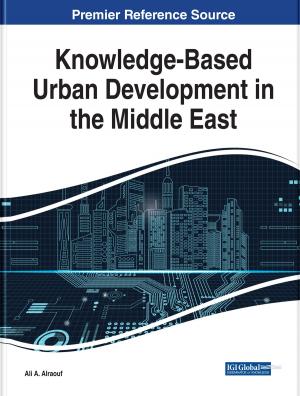Path To Progress
Innovative Solutions for Growth, Prosperity, and Security
Nonfiction, Social & Cultural Studies, Political Science, Politics, City Planning & Urban Development| Author: | Charles Moor | ISBN: | 9780988261310 |
| Publisher: | Green Mountain Press | Publication: | October 31, 2012 |
| Imprint: | Language: | English |
| Author: | Charles Moor |
| ISBN: | 9780988261310 |
| Publisher: | Green Mountain Press |
| Publication: | October 31, 2012 |
| Imprint: | |
| Language: | English |
As of January 2012, the world held seven billion people, up from five billion just twenty years before. The middle class in China, India, and Brazil is just taking off, which means those countries will desire the same resources Americans currently take for granted. If the rest of the world attempts to consume resources at the same rate as the United States, we would require five Earths. We already know that dozens of toxic chemicals can be found in our bodies of water, in the food we eat, in the air we breathe. Species are disappearing a thousand times faster than normal, and the planet has not seen such a burst of extinction in sixty-five million years, since the dinosaurs disappeared. Islands and nations are already building seawalls to keep out the rising oceans. By the middle of the twenty-first century, it is predicted that fourteen states will experience high or extreme water shortages due to global warming. Since 1982, America has paved, built on, and developed thirty-five million once-rural acres, as much land as is encompassed in New York state. Bruce Katz, vice president and director of the Brookings Institution's Metropolitan Policy Program, notes that between 2007 and 2030, "we will develop another 213 billion square feet of homes, retail facilities, office buildings, and other structures. That’s double the amount of space in the United States today.” We are living in extraordinary times and are facing enormous challenges and tragedies on a vast scale. We are being increasingly buffeted by high-powered hurricanes, tsunamis, earthquakes, mudslides, wildfires, and acts of international terrorism, while dealing with increasing economic insecurity and growing inequality. A system that cannot deliver the well-being of people and the planet is in big trouble. We can no longer put our heads in the sand. Bold action is necessary, and if the government is too gridlocked or uninterested, then we—as individuals, communities, corporations, and nonprofits—must. My strategy for regional growth and prosperity has four key components: environment, economy, equity, and security. When these four issues are addressed simultaneously, growth and prosperity will be advanced in the most comprehensive, holistic way. Sustainable development, which in this case means both economically and environmentally, will occur while permitting more individuals to grow out of poverty and further stabilize the middle class, the backbone of America. This book is a synthesis of historic and contemporary literature explaining our environmental, social, and economic condition. I reference only the most respected, highly acclaimed researchers, scientists, academics, and professionals. Once presented, the call to action should be clear. America will add between one hundred and one hundred forty million people by mid-century. As the population grows, leaders will be asked to make increasingly difficult land-use decisions. “Where and how will we, our children, and future generations live, work, shop, play and travel from place to place? How we choose to answer questions like this will determine how we accommodate growth without squandering valuable natural resources, sacrificing the livability of our neighborhoods or violating our sense of community,” says the Urban Land Institute’s Urban Plan of 2011.
As of January 2012, the world held seven billion people, up from five billion just twenty years before. The middle class in China, India, and Brazil is just taking off, which means those countries will desire the same resources Americans currently take for granted. If the rest of the world attempts to consume resources at the same rate as the United States, we would require five Earths. We already know that dozens of toxic chemicals can be found in our bodies of water, in the food we eat, in the air we breathe. Species are disappearing a thousand times faster than normal, and the planet has not seen such a burst of extinction in sixty-five million years, since the dinosaurs disappeared. Islands and nations are already building seawalls to keep out the rising oceans. By the middle of the twenty-first century, it is predicted that fourteen states will experience high or extreme water shortages due to global warming. Since 1982, America has paved, built on, and developed thirty-five million once-rural acres, as much land as is encompassed in New York state. Bruce Katz, vice president and director of the Brookings Institution's Metropolitan Policy Program, notes that between 2007 and 2030, "we will develop another 213 billion square feet of homes, retail facilities, office buildings, and other structures. That’s double the amount of space in the United States today.” We are living in extraordinary times and are facing enormous challenges and tragedies on a vast scale. We are being increasingly buffeted by high-powered hurricanes, tsunamis, earthquakes, mudslides, wildfires, and acts of international terrorism, while dealing with increasing economic insecurity and growing inequality. A system that cannot deliver the well-being of people and the planet is in big trouble. We can no longer put our heads in the sand. Bold action is necessary, and if the government is too gridlocked or uninterested, then we—as individuals, communities, corporations, and nonprofits—must. My strategy for regional growth and prosperity has four key components: environment, economy, equity, and security. When these four issues are addressed simultaneously, growth and prosperity will be advanced in the most comprehensive, holistic way. Sustainable development, which in this case means both economically and environmentally, will occur while permitting more individuals to grow out of poverty and further stabilize the middle class, the backbone of America. This book is a synthesis of historic and contemporary literature explaining our environmental, social, and economic condition. I reference only the most respected, highly acclaimed researchers, scientists, academics, and professionals. Once presented, the call to action should be clear. America will add between one hundred and one hundred forty million people by mid-century. As the population grows, leaders will be asked to make increasingly difficult land-use decisions. “Where and how will we, our children, and future generations live, work, shop, play and travel from place to place? How we choose to answer questions like this will determine how we accommodate growth without squandering valuable natural resources, sacrificing the livability of our neighborhoods or violating our sense of community,” says the Urban Land Institute’s Urban Plan of 2011.

